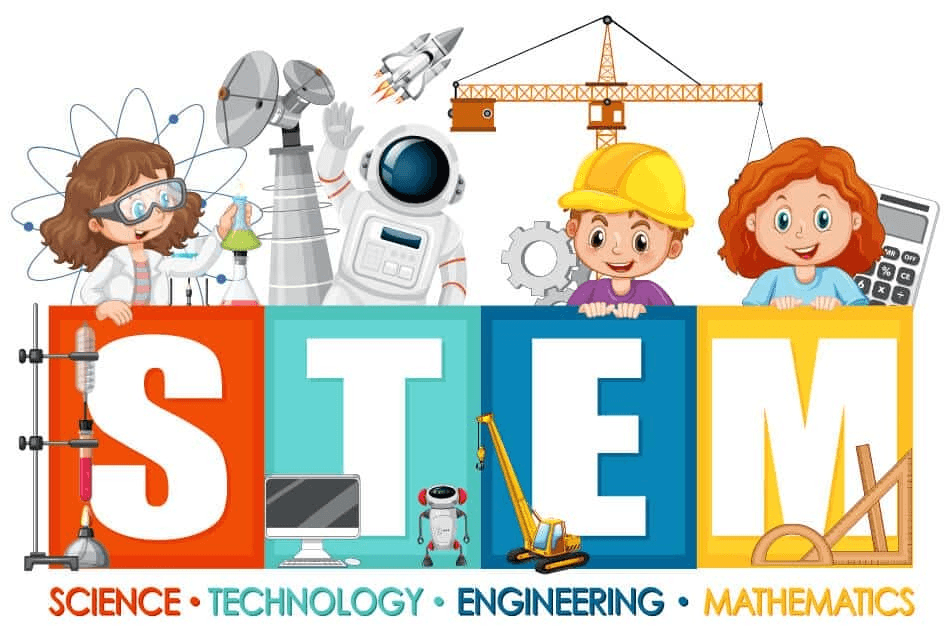The Role of Project-Based Learning in STEM Education in India
Introduction
STEM education in India—focused on Science, Technology, Engineering, and Mathematics—has gained immense importance in preparing students for the future. However, traditional rote learning methods often fail to develop the critical thinking, creativity, and problem-solving skills necessary for success in these fields.
This is where project-based learning (PBL) comes in. By emphasizing real-world challenges and hands-on learning, PBL helps students actively engage with STEM concepts, making learning more meaningful. Top CBSE schools in India are integrating PBL into their curriculum to enhance student understanding and application of STEM subjects.
Let's explore how project-based learning is transforming STEM education in India.
What is Project-Based Learning?
Project-based learning (PBL) is a student-centered teaching approach where:
Students work on real-world projects over an extended period.
Learning is driven by inquiry, problem-solving, and collaboration.
Students develop critical thinking and creativity while applying STEM concepts.
Teachers act as facilitators rather than just lecturers.
Incorporating project-based learning into STEM education in India helps bridge the gap between theoretical knowledge and practical application.
Why is Project-Based Learning Important for STEM Education in India?
-
Encourages Active Learning
✅ Moves beyond memorization to hands-on experiences.
✅ Helps students understand concepts through real-life applications.
✅ Keeps students engaged and motivated. -
Develops Problem-Solving Skills
✅ Students analyze real-world challenges and create solutions.
✅ Enhances logical reasoning and analytical thinking.
✅ Prepares students for competitive exams and careers in STEM fields. -
Fosters Collaboration and Teamwork
✅ Encourages students to work together on projects.
✅ Builds leadership and communication skills.
✅ Reflects real-world workplace collaboration. -
Makes STEM Subjects More Enjoyable
✅ Reduces fear of subjects like math and physics.
✅ Uses interactive tools like coding apps, robotics kits, and simulations.
✅ Creates a fun, hands-on learning experience. -
Prepares Students for Future Careers
✅ Introduces industry-relevant skills such as coding, AI, and robotics.
✅ Helps students develop a research-oriented mindset.
✅ Makes students industry-ready by exposing them to real-world problems.
How Project-Based Learning is Used in Top CBSE Schools in India
-
Robotics and Coding Projects
Schools introduce robotics kits like LEGO Mindstorms and Arduino.
Students learn to program robots to perform tasks, enhancing logical thinking. -
Science Experiments and Innovation Labs
Schools set up innovation labs with 3D printers and lab equipment.
Students design and test their own scientific experiments. -
Environmental Sustainability Projects
Schools encourage students to develop solutions for water conservation and waste management.
Practical application of chemistry and environmental science concepts. -
Mathematics Through Real-Life Applications
Students create financial budgeting projects to understand data analysis.
Use of math-based apps and games to make learning interactive. -
Engineering Design Challenges
Students build bridges, towers, or simple machines using engineering principles.
Encourages creative thinking and practical problem-solving.
Benefits of Project-Based Learning in STEM Education in India
✅ Improves Retention: Students remember concepts better when they apply them.
✅ Enhances Creativity: Encourages out-of-the-box thinking.
✅ Boosts Confidence: Students gain confidence through hands-on learning.
✅ Bridges the Gap Between Theory and Practice: Helps students see the real-world relevance of STEM subjects.
✅ Develops Future-Ready Skills: Coding, data analysis, and critical thinking become second nature.
Challenges in Implementing Project-Based Learning in India
Despite its advantages, integrating PBL into STEM education in India comes with challenges:
Lack of Teacher Training: Educators need proper training to implement PBL effectively.
Limited Resources in Some Schools: Not all schools have access to advanced labs or equipment.
Time Constraints: PBL requires more time compared to traditional lecture-based learning.
Parental Expectations: Some parents may prioritize traditional exam-oriented learning.
Solutions:
✅ Conduct teacher training programs.
✅ Partner with organizations for STEM resources.
✅ Balance PBL with structured academic goals.
✅ Educate parents on the long-term benefits of hands-on learning.
FAQs
How does project-based learning benefit STEM education in India?
PBL makes STEM subjects more engaging, improves problem-solving skills, and prepares students for real-world applications.
Are all top CBSE schools in India adopting project-based learning?
Many top CBSE schools in India are integrating PBL into their curriculum to enhance STEM education, though implementation varies.
Can PBL be applied to all STEM subjects?
Yes! PBL works well in science, technology, engineering, and math by providing hands-on learning experiences.
Is project-based learning suitable for young students?
Yes, even primary school students can benefit from simple hands-on projects that introduce STEM concepts.
How can parents support project-based learning at home?
Parents can encourage exploration through DIY science kits, coding apps, and real-world problem-solving activities.
Do students perform better academically with PBL?
Studies show that students who engage in project-based learning often perform better in understanding and applying concepts.
Conclusion
As STEM education in India continues to evolve, project-based learning is emerging as a powerful tool to prepare students for future careers. By making learning interactive, collaborative, and practical, top CBSE schools in India are ensuring that students gain the skills needed to thrive in the modern world.
By embracing PBL, Indian schools can move beyond rote learning and nurture innovators, problem-solvers, and critical thinkers—the leaders of tomorrow.

